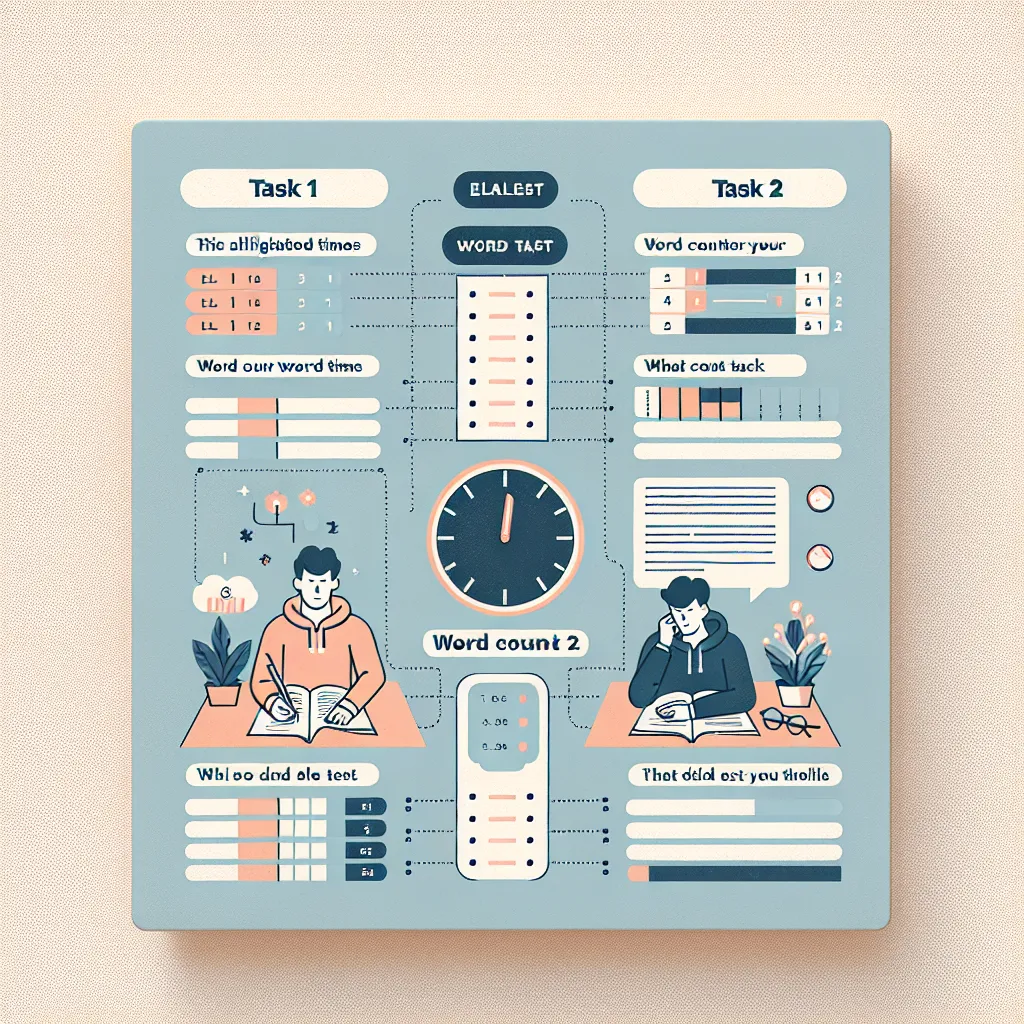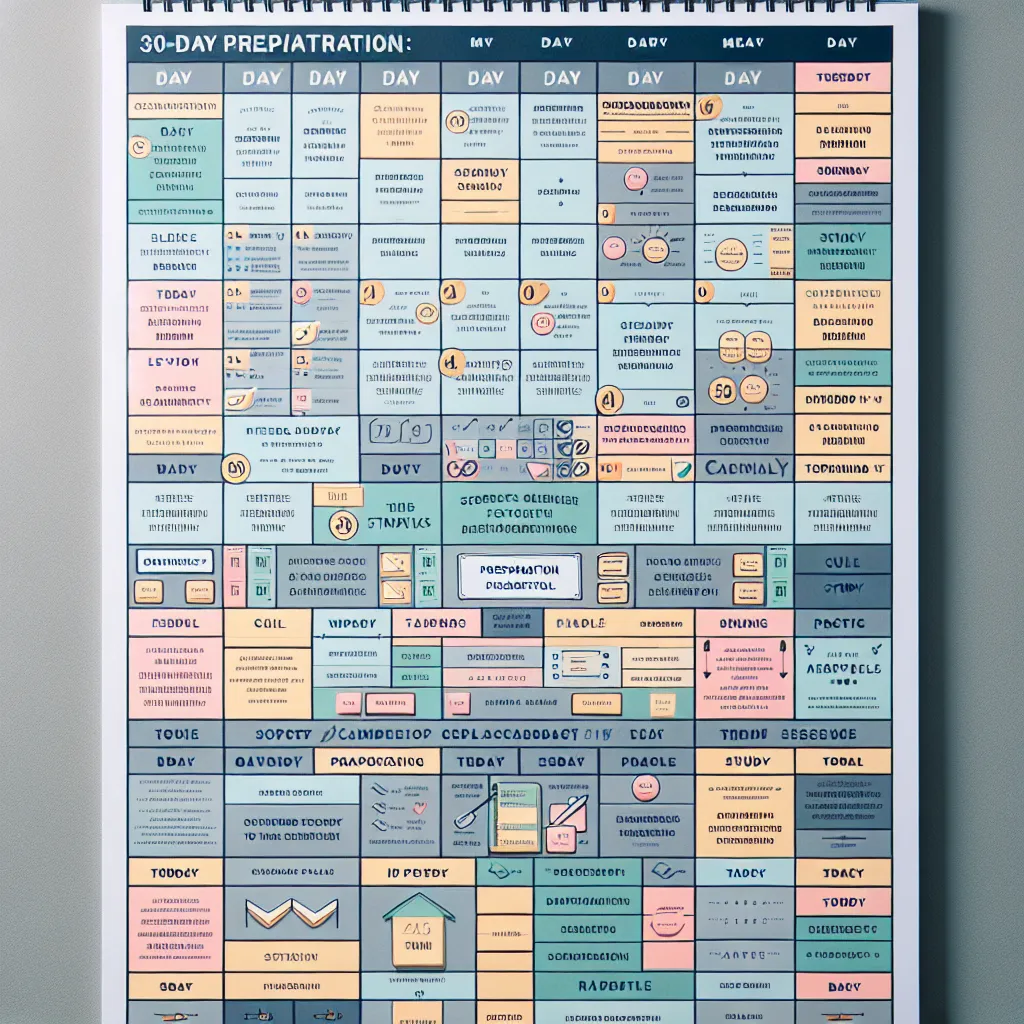Are you preparing for the IELTS Speaking test and looking to enhance your vocabulary? Incorporating common idioms into your responses can significantly improve your score and impress the examiner. In this comprehensive guide, we’ll explore a variety of useful idioms that you can use in your IELTS Speaking test, along with examples and tips on how to use them effectively.
Why Use Idioms in IELTS Speaking?
Using idioms in your IELTS Speaking responses demonstrates a high level of English proficiency and can help you achieve a better score. The IELTS Speaking test assesses your ability to use a range of vocabulary and expressions, and idioms are an excellent way to showcase your language skills.
 IELTS Speaking Idioms
IELTS Speaking Idioms
Essential Idioms for IELTS Speaking
1. Break the ice
Meaning: To initiate a conversation or ease tension in a social situation.
Example: “At networking events, I always try to break the ice by asking people about their hobbies.”
2. Cut corners
Meaning: To do something in the easiest or cheapest way, often sacrificing quality.
Example: “Some companies cut corners to save money, but this can lead to poor product quality.”
3. Get the ball rolling
Meaning: To start an activity or process.
Example: “Let’s get the ball rolling on this project by scheduling our first team meeting.”
4. Hit the nail on the head
Meaning: To describe exactly what is causing a situation or problem.
Example: “I think you’ve hit the nail on the head with your analysis of the current economic situation.”
5. Bite the bullet
Meaning: To force yourself to do something unpleasant or difficult.
Example: “I’ve been putting off going to the dentist, but I finally decided to bite the bullet and make an appointment.”
How to Use Idioms Effectively in IELTS Speaking
-
Context is key: Use idioms in appropriate situations where they fit naturally into the conversation.
-
Practice makes perfect: Incorporate idioms into your daily English conversations to become more comfortable using them.
-
Don’t overuse: Using too many idioms can sound unnatural. Aim for 1-2 idioms per speaking task.
-
Explain if necessary: If you’re unsure whether the examiner understands an idiom, briefly explain its meaning.
-
Use a variety: Don’t rely on the same few idioms. Demonstrate your range by using different expressions throughout the test.
Advanced Idioms to Impress Your Examiner
1. A piece of cake
Meaning: Something that is very easy to do.
Example: “The IELTS Reading section was a piece of cake for me because I read English newspapers every day.”
2. To be in hot water
Meaning: To be in trouble or facing difficulties.
Example: “The company found itself in hot water after the data breach was discovered.”
3. To kill two birds with one stone
Meaning: To accomplish two things with a single action.
Example: “By taking online courses, I’m killing two birds with one stone – improving my English and learning new skills for my career.”
4. To be on the same page
Meaning: To have the same understanding or agreement about something.
Example: “It’s important that all team members are on the same page regarding the project goals.”
5. To be a double-edged sword
Meaning: Something that has both positive and negative consequences.
Example: “Social media can be a double-edged sword – it connects people but can also be addictive and time-consuming.”
Common Mistakes to Avoid When Using Idioms
-
Misusing idioms: Make sure you understand the correct meaning and usage of an idiom before using it.
-
Forcing idioms: Don’t try to use an idiom if it doesn’t fit naturally into the conversation.
-
Mispronouncing idioms: Practice the pronunciation of idioms to ensure you say them correctly.
-
Using outdated or regional idioms: Stick to common, widely-understood idioms rather than very specific or old-fashioned ones.
-
Overexplaining: If you use an idiom correctly in context, there’s usually no need to explain its meaning to the examiner.
Practicing Idioms for IELTS Speaking
To effectively incorporate idioms into your IELTS Speaking responses, try these practice techniques:
-
Create example sentences: Write sentences using each idiom in different contexts.
-
Role-play conversations: Practice using idioms in mock IELTS Speaking scenarios with a study partner.
-
Watch English media: Pay attention to how native speakers use idioms in movies, TV shows, and podcasts.
-
Keep an idiom journal: Write down new idioms you encounter and their meanings for future reference.
-
Use idiom flashcards: Create flashcards with idioms on one side and their meanings on the other for quick revision.
Conclusion
Incorporating common idioms into your IELTS Speaking responses can significantly enhance your performance and potentially boost your score. By understanding the meaning of these expressions, practicing their usage, and applying them appropriately in context, you’ll demonstrate a high level of English proficiency to your examiner. Remember to use idioms naturally and sparingly, and always prioritize clear communication over simply showcasing vocabulary. With consistent practice and the right approach, you’ll be well on your way to acing the IELTS Speaking test.
Don’t forget to check out our other IELTS preparation resources to further improve your skills across all test sections. Good luck with your IELTS journey!




